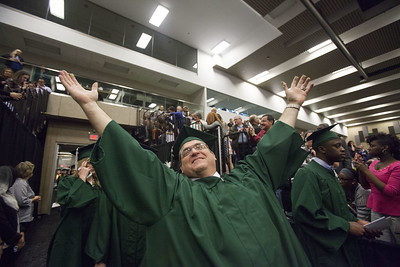Yesterday, I wrote about the Strada Educational Foundation’s report regarding community college students. The report noted that only about one in five students who enrolled in a community college program completed their degrees in no more than four years. Non-traditional students, which make up a large percentage of community college attendees, often start out with a completion goal but rarely reach it.
The low completion rate is only one part of the problem that non-traditional students face. These students, who are often independent, typically have a low household income. According to the Association of Community College Trustees, the average community college student has a household income of just $34,000.
So, community colleges whose graduates make an average of less than $38,000 per year ten years after their initial enrollment aren’t helping much.
The first thing community colleges can do to help non-traditional students is offer programs that give their graduates a pathway to the middle class. That pathway certainly includes an income that reflects a living wage. According to a “middle class calculator” the Washington Post published earlier this year, a household of 2 people in the 48197 ZIP code with an income of $43,000 was not in the middle class by any of the three definitions the newspaper used. In a household of 3 people, the bottom edge of the middle class begins at $54,500.
Community college administrations need to understand this relationship between enrollment and alumni income very, very clearly. If the administration wants to claim that the school’s enrollment is low due to a growing paucity of high school students, then non-traditional students offer the largest possible audience for new enrollments.
Non-traditional students need programs with high-income potential
However, community colleges will find that they don’t have much to offer their target audience if graduates of their programs can’t make between $45,000 -$60,000 right after graduation. Having programs that can fast-track graduates into the middle class will not only fill community college classrooms reliably, but also will help non-traditional students justify the time and expense of completing a degree program.
Community college administrators who do not or cannot discover and develop programs that both create economic opportunity and meet the emerging needs of their communities probably shouldn’t occupy the positions they do. Complaining to the Board about everything from low state appropriations to the lack of high school students to the need for the college to develop other sources of income does nothing to address the needs of the students or the community.
The economic opportunity is here, but as Louis Pasteur said: “Chance favors the prepared mind.” When the community college is unprepared to recognize and take advantage of emerging economic opportunities, and the Board of Trustees does not demand accountability from the administration, no one benefits.
Tomorrow, I will look at other things the community college can do to assist non-traditional students.
Photo Credit: COD Newsroom , via Flickr






















